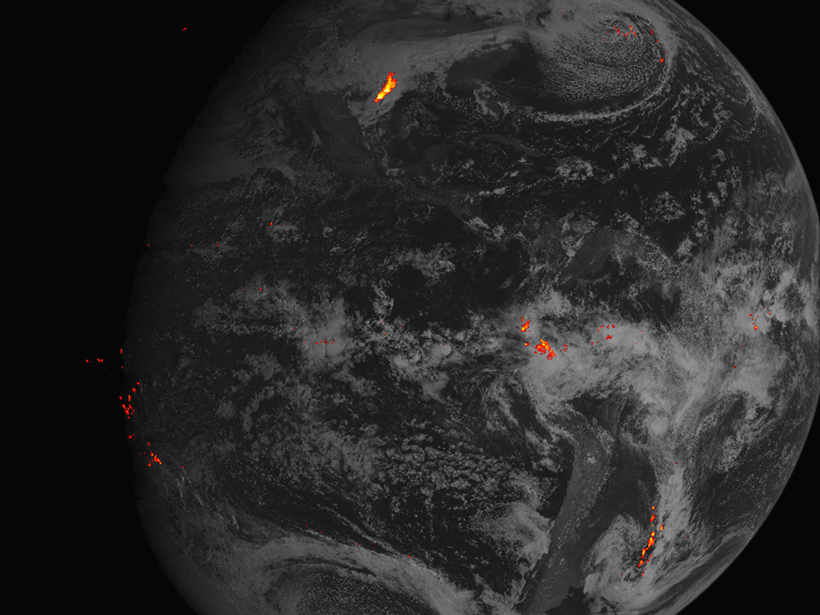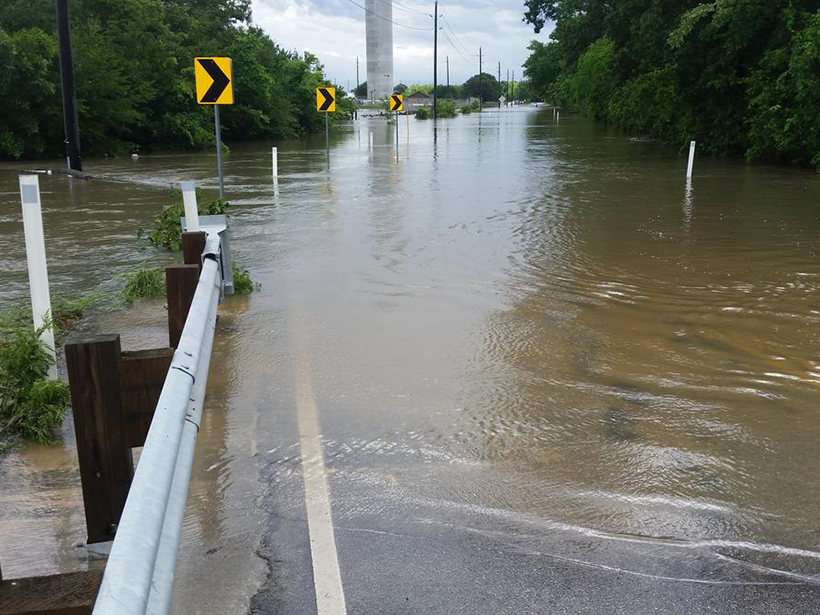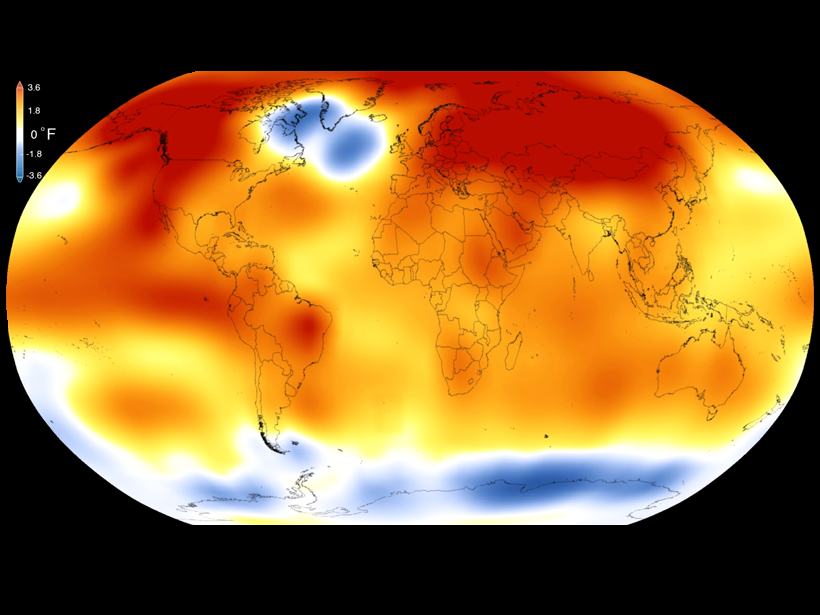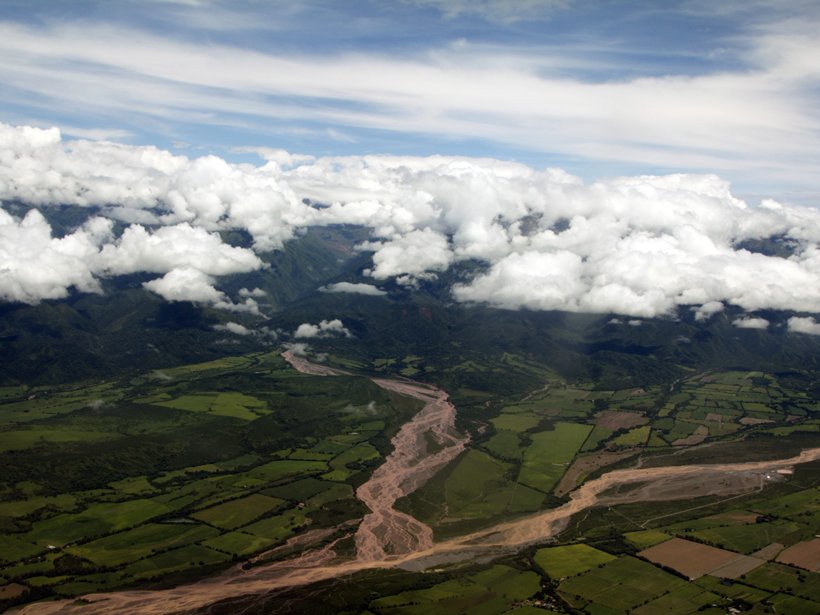Scientific understanding of atmospheric hazards and their interconnectivity can contribute to international policy and disaster risk management.
extreme weather
GOES-16 Satellite Lights Up Lightning Flashes in New Video
The satellite's lightning mapper instrument will help scientists forecast extreme weather.
How Global Warming's Effect on Clouds May Make It Rain Harder
More clustering of clouds due to higher temperatures increases the likelihood of heavy downpours.
Tracking Trends in U.S. Flood Risk
As floods become more frequent around the globe, scientists work to pinpoint what puts certain regions at risk.
What Causes Heavy Rainfall?
Scientists investigate atmospheric conditions that correlate to heavy rainfall in the midlatitudes.
Improving the Identification of Extreme Precipitation Trends in the U.S.
By greatly reducing the associated uncertainty, a new model is better able to discern statistically significant trends, offering the potential to improve the seasonal forecasting of rare events.
Researchers Attribute Human Influence on Climate Back to 1930s
A new study finds that humans likely have triggered the last 16 record-breaking hot years on Earth, up to 2014.
How Plant Life Survives on Earth's Driest Inhabited Continent
Australia is a continent of extremes, and researchers find that some ecosystems are better equipped than others to deal with the country's characteristic extreme climatic variation.
What Causes Extreme Hail, Tornadoes, and Floods in South America?
A study of extreme weather in South America shows seasonal and spatial patterns, which, if better understood, could help save lives and minimize damage to property.








